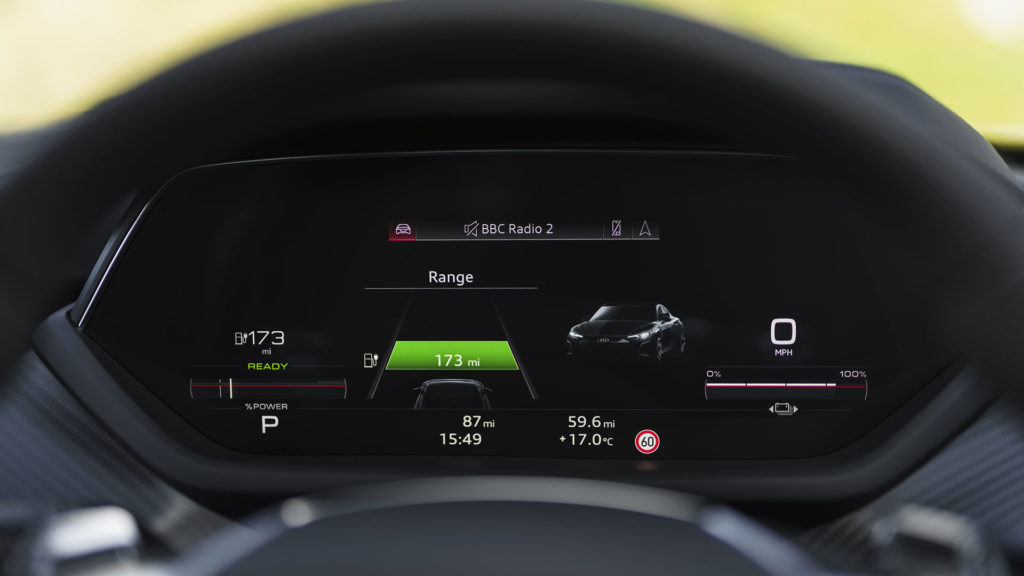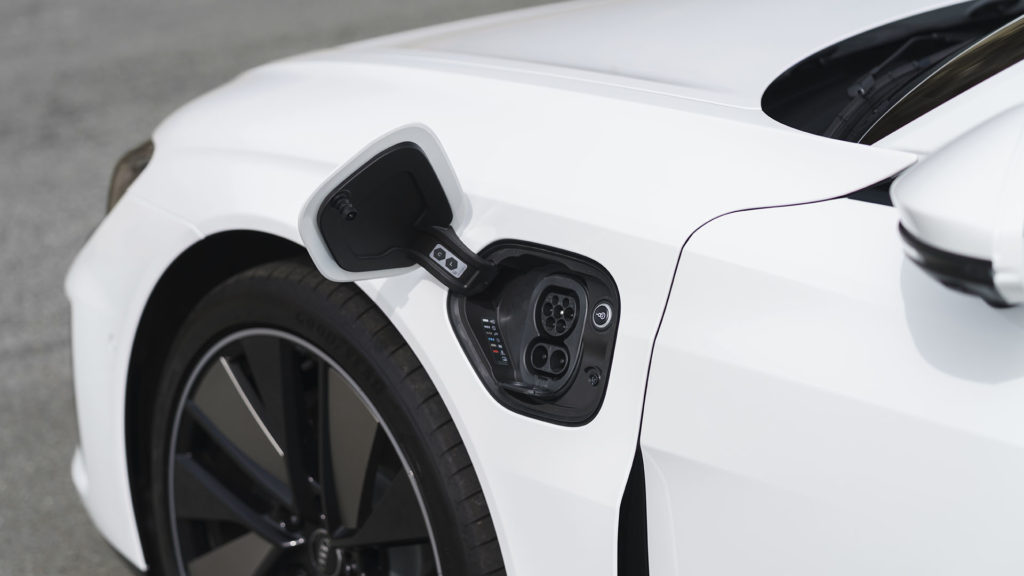The official range figure was probably one of the first things you looked at before deciding to buy your electric car. It’s no surprise; knowing how far your car can go on a full charge will provide some reassurance that you’ll get to your destination without having to rely on the public charging network.
With an increasing number of electric cars able to travel 300+ miles on a single charge, so-called ‘range anxiety’ is becoming a thing of the past, but it makes sense to understand how to preserve – or even boost – the distance your car can travel before its battery runs flat. It’s like ‘hypermiling’ in a petrol or diesel car to squeeze every mile out of a tank of fuel.
We’re assuming you own an electric car, so suggesting you upgrade from a vehicle with 100 miles of range to one with 300 miles wouldn’t be helpful. That’s why we have created a list of ways you can get the maximum range from your electric car without spending an extra penny.
Our list is presented in no particular order, but if you use any or all of the following tips, you will boost the range of your electric car. And save yourself money into the bargain.
Check your speed
Electric cars are most efficient when driven at speeds of between 50mph and 60mph. According to Department for Transport figures, you’ll lose 14 percent less energy if you reduce your motorway speed by 10mph, so it pays to ease off. It’s all about making life easier for your battery, because the faster you go, the harder it has to work to tackle wind resistance.
Avoid motorways
Linked to lowering your speed, it actually pays to avoid motorways. You’ll be able to travel significantly further at 70mph than at 60mph, but the car’s range will plummet if you choose to break the motorway speed limit. If you’re prepared to add a little time to your journey, use a route planning app such as Waze or Google Maps and select ‘avoid motorways’. You’ll be amazed at the difference it can make, and because you’ve lowered your speed, it should mean fewer visits to a public charging points. So your journey may not take longer after all.
Smoothly does it

Late braking and sudden acceleration are two things to avoid when you’re looking to maximise range. Build your speed slowly and scan the road ahead to look for junctions, roundabouts and situations that might require sudden braking. It’s worth remembering that electric cars are heavier than their petrol and diesel equivalents, which means more energy is required to make progress. If you can maintain this forward momentum, you will preserve your battery’s charge and therefore the range of your EV.
Driving mode
Many electric cars feature different driving modes to control parameters such as throttle response and the level of regenerative braking, along with the efficiency of systems like the climate control. Anything you can do to reduce the drain on your battery will maximise the range, so use ‘Eco’ mode where possible.
Regenerative braking
Speaking of regenerative braking, by recapturing energy that would have been lost as heat, you can actually add miles to your car’s projected range. It’s quite simple to use: you simply take your foot off the accelerator and allow the electric motor to harvest energy as it slows. Some cars are better at doing this than others, and many give you the option to select the strength of the regenerative braking, while others even allow you to accelerate, decelerate and stop the car using only one pedal.
Check the tyre pressures
An electric car’s range will be positively or negatively affected by the tyre pressures, so get into the habit of checking them regularly. Invest in a tyre pressure gauge or use one at your local petrol station, because driving with under-inflated tyres will put a dent in your car’s range. Similarly, when it comes to changing your rubber, choose tyres that match the manufacturer’s specification or are designed specifically for electric vehicles,
Get into the habit of preconditioning

As we pointed out in our guide to preconditioning, this is one of the lesser-known and underappreciated features of electric cars. It allows you to heat or cool the car’s cabin before you start your journey. As well as making you feel more comfortable, you’ll also preserve the predicted range, because the energy required to heat or cool the interior will be drawn from the mains electricity supply and not your car’s battery. What’s more, when you start your journey, your battery can concentrate on powering the car and not altering the cabin temperature.
Use the heated seats
If it’s just you in the car, consider using the heated seats and heated steering wheel instead of hot air. This is a more efficient way of warming you up on a cold morning because the car is essentially heating you and not the entire cabin. When you’re feeling toasty, switch them off again to preserve range. You should also be able to turn on the heated seats and heated steering wheel, if fitted, as part of the preconditioning process.
Use accessories sparingly
Most of us like waking up to a fully charged smartphone, but you know that it doesn’t take long for the battery to run down. Some time spent on social media, the use of a mapping app and streaming a video will soon put a dent in the phone’s charge status. It’s a similar story in an electric car, which means charging your phone, using the climate control, listening to the radio and driving with headlights on will all eat into the projected range. Nobody is suggesting you turn everything off – killing the climate control and driving with steamy windows is a bad idea – but just remember that every accessory will put an additional strain on the battery.
Look after your battery
This is more of a long-term approach, so you won’t see any immediate results, but caring for your battery will pay dividends over time. Charging the battery once it hits 10 percent and recharging to 80 percent is the key to preserving battery life, which means your car’s official range estimate will remain higher for longer. Equally, avoiding the regular use of rapid chargers, running from 100 percent to zero, and leaving the battery on charge when it’s full are all things to avoid. Look after your EV’s battery and it will look after you.
ALSO READ:
What is Plug & Charge for electric cars?


[…] is our pick of the range, but don’t rule out the 265hp plug-in hybrid if you fancy 43 miles of electric range. Despite its name, the Sportage doesn’t inject the ‘Sport’ into ‘Sports Utility Vehicle’. […]
[…] owners can also visit their McLaren dealer to receive the 700hp power upgrade free of charge. The electric range extension won’t be offered, however, as doing so would contravene homologation rules and […]